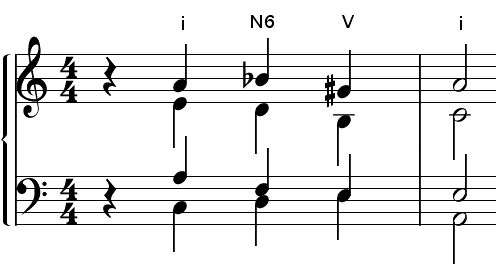Answer: By "IIb" I expect you're referring to a triad built on the flatted second degree of the scale? The major triad built on the flatted second degree has a traditional title: it's the "Neapolitan" chord. Like the ice-cream, it doesn't necessarily originate with Naples, but was often used by composers of the "Neapolitan School," i.e. Scarlatti, Pergolesi, Carissimi, etc.
The Neapolitan chord is also known as the "Neapolitan sixth," abbreviated N6, because it usually appears in first inversion (i.e. with the triad's middle note in the bass position).
But you want to know when to use it. It typically is used as a substitute for the iv chord in a cadence, most commonly when in a minor key - in a minor key you can make an N6 by changing just one note of the iv chord: moving the fifth of the root position iv up a half step turns it into an N6. For example:

The Neapolitan chord has a powerful sinuous effect owing to the half step movement and the diminished third melodic interval (the Bb - G# above).
Basic rules: if you have to leave out a note in the N6, leave out the fifth (upper note of the original triad; if the chord is Bb-D-F the F is the one that's expendable). If you have to double a note, double the third, as in the above example which doubles the D. You'll most always follow the N6 with a V chord, though you might delay the V by slipping in a i 6/4 or a vii dim 7. Don't follow it with a iv, though; after all, the N6 is taking the place of a iv.

